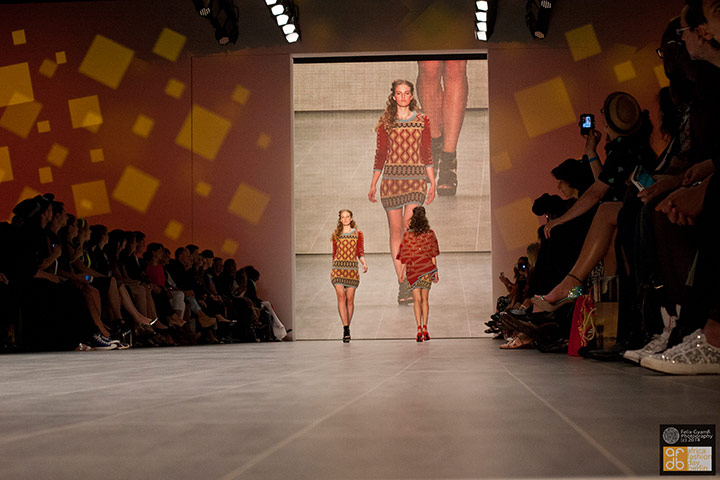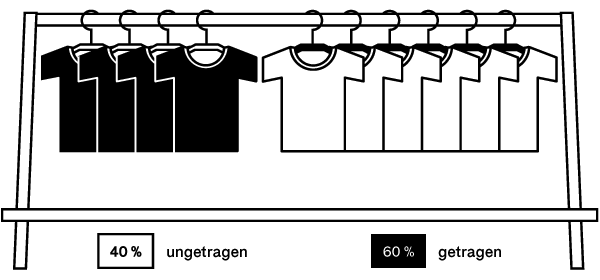
Fashion.
We are what we buy.
What is fashion? Fashion is something to wear, something that covers and protects us. These are the useful aspects of fashion. But fashion is so much more. Fashion helps us to identify ourselves, to distinguish ourselves from other people, helps us to feel that we belong to a particular group. In short, fashion is a useful product with a dash of culture. As an item of clothing it is a commodity and as fashion it is an expression of lifestyle, at least according to non-fiction author and journalist Robert Misik.
Why does fashion play such an important part in our lives? Why are we in constant search of something new? As is almost always the case, the key can be found in human psychology. This is how Misik explains the phenomenon – “When we try to describe the mentality of [what he calls] Homo Shoppensis we soon come across the following characteristics that have been put to the test on frequent occasions: that hard-to-define insatiability, the fact that purchasing never appeases our hunger but only whets our appetites.” To freely quote one psychoanalyst, Jacques Lacan, what we are talking about here is the urge to replace the new with the newest. As economist Tibor Scitovsky summarizes it: “Something new itself is an extremely important way of satisfying our needs.”
When, as far as function is concerned, one item of clothing differs only minimally from another, their cultural differences take on a much greater significance. What turns a brand into a cult is its image. In other words, we choose a brand according to how it fits in with us. Or how we fit in with it. Sociologist Eva Illouz maintains that: “Commodities do not obstruct or suppress our egos. Instead, they serve as a useful aid to dramatically enhancing them.”
A fashion manufacturer thus always strives to bring out the kind of products which have the capacity for becoming classics. An item of clothing’s design or the way it is made are by no means essential in this respect. What is important, by contrast, is to give the product a kind of shot in the arm in the form of its own story. This is where the branding strategists come in. The latter create an entire world around the product, the so-called ‘identity goods’ by means of which “the consumer shapes his ego”, as Misik puts it.
Fast Fashion
The term “fast fashion” describes a corporate strategy with the objective of bringing new fashion into the stores with great frequency. In classic fashion segments such as haute couture, prêt-à-porter and mid-price ready-made garments one fashion year is comprised of two cycles (a spring/summer collection and a fall/winter collection). Nowadays, some cheap labels bring out as many as 12 collections per year. The motivation behind such strategies is to attract media attention and to lure primarily young consumers into the stores more frequently.
This sequence of rapid change is made possible by accelerating production. In the past it took between two and three months for a product to reach the retail industry but today, according to auditors KPMG, the amount of time required has dropped to between 15 and 12 days. This affects the economics of the business, as well as impacting negatively on the environment.
We buy more clothes than we actually need!

[ungetragen = not worn; getragen = worn]